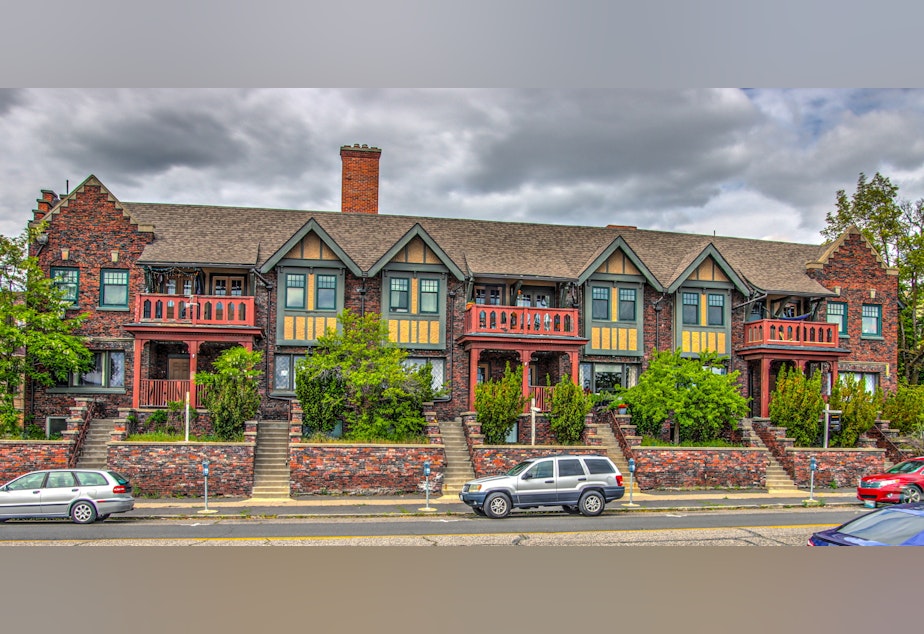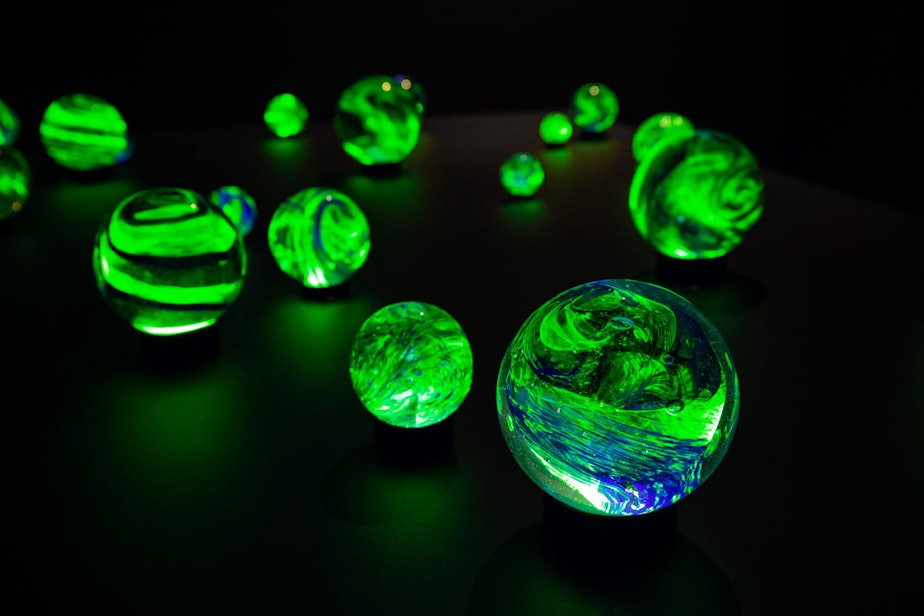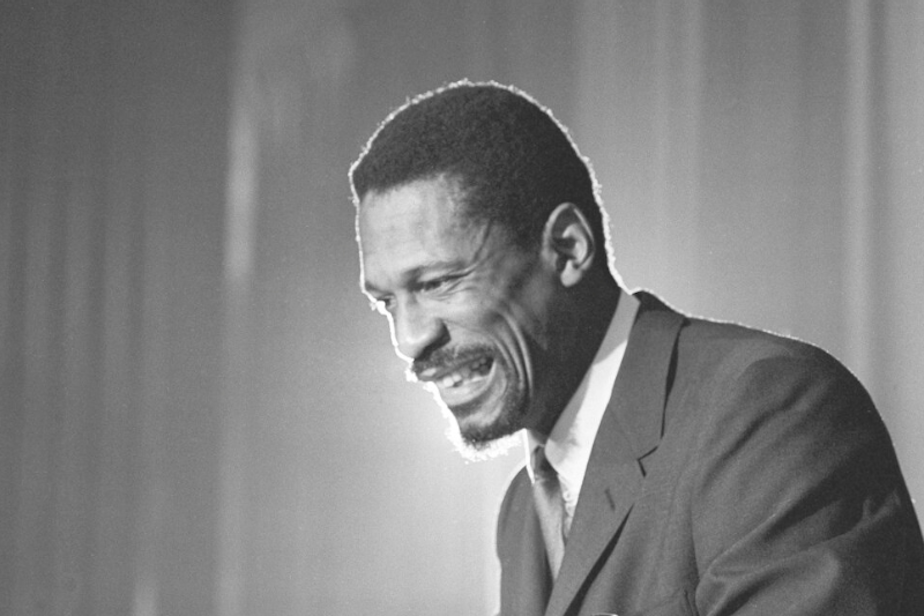If Washington won't back middle housing, Spokane will: Today So Far

- After a statewide middle housing proposal failed in Olympia, Spokane is going with its own plan.
- Researchers in Southern Oregon are uncovering a Northwest history that is not often told.
- PNW breaks hot weather records.
This post originally appeared in KUOW's Today So Far newsletter for August 1, 2022.
Spokane is a clever city. I once covered a guy who started a Star Wars church in order to get around city zoning codes. It worked. Now its city council has a plan to address a different kind of hurdle, aiming to avoid the housing woes faced by Seattle and other Northwest cities. For a limited time only, the Lilac City is building middle housing.
"We had never had this problem before in Spokane. For a long time, Spokane had inexpensive — I don't want to say 'cheap' — inexpensive housing," Spokane Councilmember Betsy Wilkerson told KUOW's Joshua McNichols.
But that is changing fast. This might sound familiar to folks in Western Washington communities — the cost of living is rising, fast, around Spokane and folks are being priced out of town, experiencing homelessness. There was an effort during the last legislative session in Olympia to address this problem across the state and allow for cities to build middle housing. It was an attempt to fill in a housing gap. But it failed, so Spokane is taking it upon itself to keep that effort alive. Spokane is allowing the building of middle housing (housing that affordable and generally isn't a giant McMansion or very low-income; it's housing for folks in the middle of that range).
Spokane is still using a lot of the middle housing it already built, generations ago, and it's gorgeous — far superior to anything being built in Seattle these days. Read the full story on Spokane's middle housing, and how it relates to Seattle, here.
Researchers in Southern Oregon are uncovering a Northwest history that is not often told. We often hear a lot about the Oregon Trail and folks of European descent making their way out to these parts, but the region's development during that time had just as much to do with immigrants from China, the Philippines, Japan, the Basque region of Spain, and elsewhere. They built railways, herded sheep, operated canneries, and logged the forests.
A lot of that history has been covered over, literally, as towns where these people lived have been overtaken by nature once again. The Baker White Pine Mill in Grant County, Oregon hasn't been occupied since the 1930s. Now, researchers are digging into the ground, unearthing artifacts, to find what stories are stored beneath the soil.
"We are on an industrial site and we're finding doll arms, marbles, and tea sets. That really brings home this idea that families were part of these early industries in these remote areas," said archaeologist Chelsea Rose. "We need to broaden our understanding of what that looks like."
Northwest News Network's Tom Banse has the full story here.
Did you think I was going to ignore the weather? Sorry, it's too obvious. But at least I didn't lead with it.
The Northwest broke a few hot-weather records over last week's heat wave. Today is the first day that much of the region won't have temperatures above 90 degrees. In fact, the Seattle area set a new record for the most consecutive days above 90 — six days. Portland set a seven-day record for temps above 95. We're going to have a few more days of cooler temps. So enjoy! Read more here.
AS SEEN ON KUOW

In a small clear box, Etsuko Ichikawa keeps a small piece of vitrified glass that was given to her on a tour of the Hanford nuclear site. This vitrified glass encases radioactive material before it is disposed of through burial. As an artist trained in making glass, this object becomes something of a totem for Ichikawa, who turns her eye towards nuclear legacies, environmental degradation, and human impacts on the environment. This glass is the focus of the latest episode of The Blue Suit podcast. (Alec Miller)
DID YOU KNOW?
Nichelle Nichols passed away this weekend. You may be familiar with her role as Lt. Uhura on the original "Star Trek." And you may be familiar with how she broke barriers as a Black woman in that role (she was even urged by Martin Luther King Jr. to not leave the show). But Nichols' influence spanned beyond the final frontier.
In 1977, Nichols volunteered to help NASA diversify its astronauts. She starred in a short promo film that was used to attract a new generation of engineers, astronomers, astronauts, and more. Between her role on "Star Trek" and and her encouragement of others to join NASA, Nichols inspired a range of new recruits at the space agency.
"That is why I am speaking to the whole family of humankind, minorities and women alike," Nichols said on the promo. "If you qualify and would like to be an astronaut, now is the time. This is your NASA; a space agency embarked on a mission to improve the quality of life on planet Earth, right now."
According to Nichols' Instagram page, this partnership with NASA resulted in the recruitment of Guion Bluford (first African-American astronaut), Sally Ride (first female American astronaut), and Mae Jemison (first African-American woman to fly a space shuttle).
In 1976, Nichols and other "Star Trek" cast members were present at the christening of NASA's first space shuttle, the Enterprise.
ALSO ON OUR MINDS

As a racial justice activist, NBA great Bill Russell was a legend off the court
Bill Russell, who has died at the age of 88, was more than just a basketball superstar and world-class athlete. As a dedicated human-rights activist, Russell fought against racial inequality both in and out of professional sports.

